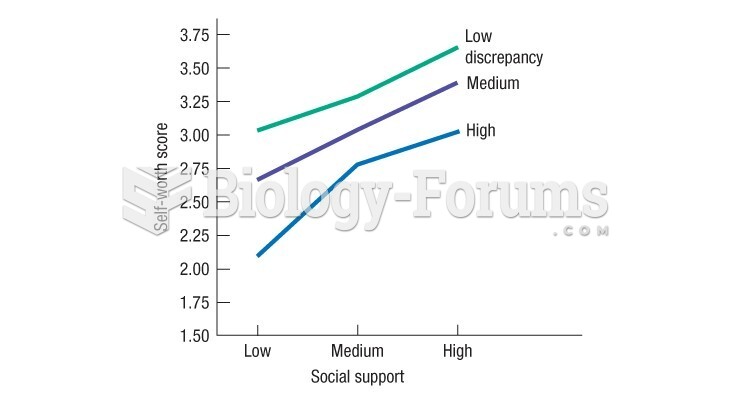Answer to Question 1
ANS: C
The goal of behavior modification in weight control is to help the participant identify abnormal eating processes. After the abnormal patterns are identified, then techniques, including problem solving, are taught to eliminate inappropriate eating. Learning how to cook low-fat meals can be a component of the program, but the focus of behavior modification is identifying target behaviors that need to be changed. Improving relationships is not the focus of weight management behavior management programs. Achieving normal weight during the program is an inappropriate goal. As the child incorporates the techniques, weight gain will slow. In childhood obesity, the goal is to stop the increase of weight gain.
Answer to Question 2
ANS: A
When a child slows down the eating process, it is easier to recognize signs of fullness. If food is consumed rapidly, this feedback is lost. Regular meals and snacks are encouraged to prevent the child from becoming too hungry and overeating. Low-fat foods are usually higher in calories than the regular versions. Nutritional labels should be checked and foods high in sugar and calories avoided. Food should not be used as a special treat or reward; this encourages the child to use food as comfort measures in response to boredom and stress.







